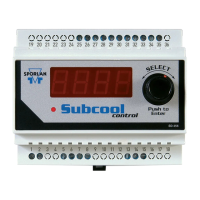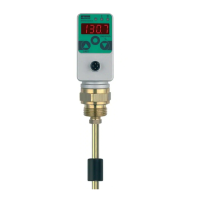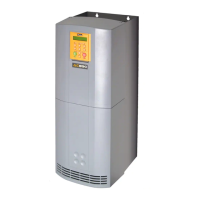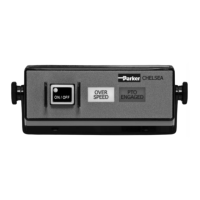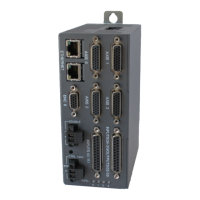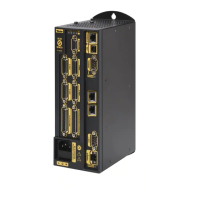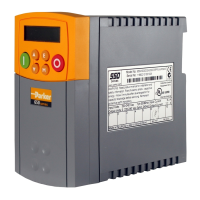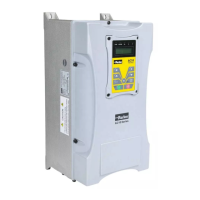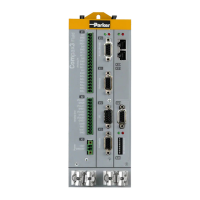Page 142 – Bulletin 100-50-9.1
BACNET NETWORK CONFIGURATION USING RS-485 TO BAS
Address = 0
Maximum Master = 2
Baud Rate = 9600
Network Parity = None
Subnet Number = 1
Address = 2
Maximum Master = 2
Baud Rate = 9600
Network Parity = None
Subnet Number = 1
Address = 0
Maximum Master = 2
Baud Rate = 9600
Network Parity = None
Subnet Number = 2
Address = 2
Maximum Master = 2
Baud Rate = 9600
Network Parity = None
Subnet Number = 2
Address = 1
Maximum Master = 2
Baud Rate = 9600
Network Parity = None
Subnet Number = 1
Address = 1
Maximum Master = 2
Baud Rate = 9600
Network Parity = None
Subnet Number = 2
To Additional
Line-ups
RACK CONTROLLER A RACK CONTROLLER B
LINE-UP 1
LINE-UP 2
CAT5 CAT5
RS-485 RS-485
Case A3
Case A2
Case A1
Case B3
Case B2
Case B1
BAS
CONTROLLER
PORT 1
PORT 2
To Additional
Line-ups
1 2
55
22
4
2
3
1 2
4
2
3
Cases A1 and B1 are the “routers” that route data from the line-up via ethernet to the BAS via RS-485. These are the cases
that communicate into the BAS. All other cases communicate via ethernet.
Unique addresses for these components must be configured since they are part of the RS-485 network. These components
establish the Maximum Master. The Maximum Master is based on the largest address of these components. Keep the
address number low to reduce network loading. Maximum Master is ‘2’ in the above illustration since the largest address is
found on the BAS controller and it is address 2.
BAS Port 1 is a subnet and BAS Port 2 is another subnet. Both use RS-485. The S3C is able to distinguish between subnets
by assigning the BACnet Subnet number, 485.
If the subnets are connected via Ethernet, then it is critical that the 485 parameter is assigned. In some cases a gateway
may be used that connects the subnets.
RS-485 configuration is not required on cases A2, A3, B2 and B3 since they utilize Ethernet.
1
2
3
4
5
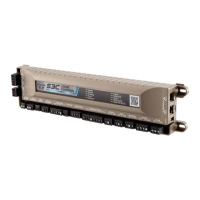
